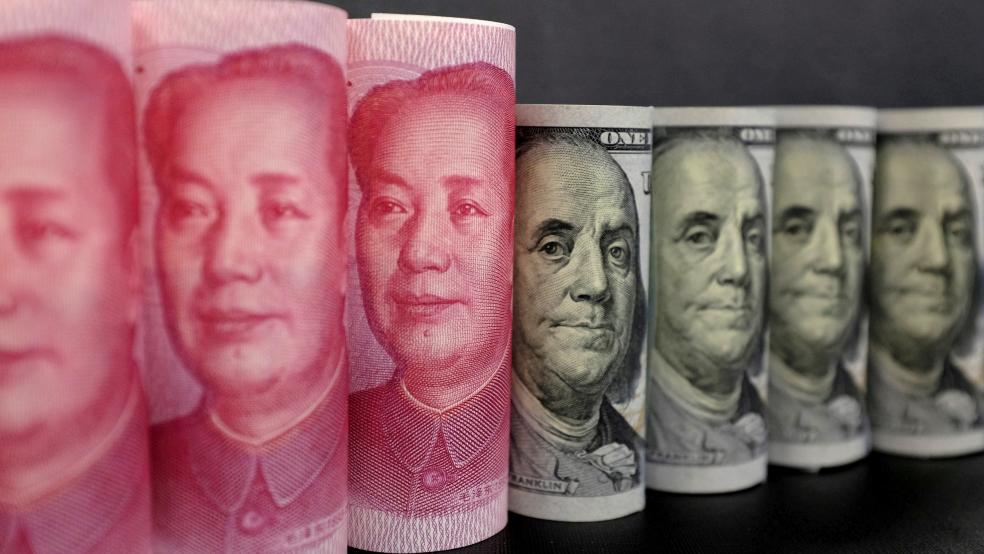WASHINGTON (Reuters) - President Donald Trump promised to label China a currency manipulator on his first day in office, but after 77 days, his administration is touting a new term: "currency misalignment."
An administration official told Reuters on Thursday that the administration views "misalignment" as more significant than "currency manipulation" as a cause of trade deficits, signaling another step away from a manipulator designation against China next week."The term currency manipulation doesn't fully encompass the currency movements that concern us," the official said, speaking on condition of anonymity because he was not authorized to speak to the media.The official's comments came as Trump prepared for his first face-to-face meeting with Chinese President Xi Jinping in Florida, a summit fraught with trade tensions between the world's two largest economies.Several foreign exchange policy experts have told Reuters that Trump's Treasury secretary, Steven Mnuchin, looked unlikely to label China as a currency manipulator in a semi-annual currency report due April 14.China meets only one of three thresholds needed for that determination - its high trade surplus with the United States.The experts said major changes to the thresholds would be needed to label China a manipulator when it is intervening in currency markets to prop up its yuan instead of pushing it down, and its global current account surplus shrank to 1.8 percent last year, well below the current 3 percent threshold.Such changes would also likely ensnare South Korea, Taiwan and other countries in manipulator designations.A weak currency helps support a country's exports by making products cheaper for buyers in other countries. The official's comments suggest the Trump administration will put more emphasis on a 90-day study of trade abuses, including currency misalignments, than on the currency report."Currency misalignment is different from currency manipulation and currency undervaluation," the official said. "So we want to see a process of analyzing currency situations that includes whether it's misaligned, not just whether it's devalued or manipulated."In unveiling the trade abuses study last week, Commerce Secretary Wilbur Ross said misalignment can occur when a currency moves outside its normal valuation range, which could occur because of manipulation or because of other, unintentional factors.He cited the Mexican peso'sCurrency 'misalignment' gains stature in Trump trade plans: official

© Jason Lee / Reuters



